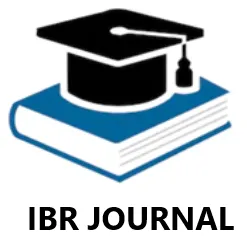Your cart is currently empty!
Abstract
In 2024, the Virginia Department of Education (VDOE) approved updated Computer Science Standards of Learning (SOL), requiring all school divisions to revise their curricula by 2025. While many saw this as a challenge, Patrick County Public Schools (PCPS) saw it as an opportunity for innovation. The district aimed to integrate computer science across subjects and use the mandate to advance broader goals. This essay highlights PCPS’s journey in creating a new Computer Science Curriculum, showing how rural education requires creativity, resilience, and turning mandates into renewal.
The decision to design the new curriculum was based on distributed leadership principles from Module I, summarized in Appendix I. Bardy (2016) and Goodwin and Cameron (2015) emphasize leadership should be centralized but shared throughout the organization. PCPS involved those closest to the work—teachers, technology experts, students, and parents—in shaping the curriculum. Retired educators and former specialists contributed expertise, while advisory committees and student focus groups ensured diverse input. This process reflected Columbia Business School’s (2020) focus on collective intelligence and showed that true transformation happens through collaboration.
The mandate’s urgency required quick action, so PCPS applied lessons from Module II on problem-solving and decision-making, summarized in Appendix II. Conn and McLean (2020) argue that effective organizations balance experimentation with discipline amid uncertainty. PCPS avoided lengthy debates, using structured decision-making to streamline implementation. The Module 2 L04 framework, which delegates operational decisions to those closest to issues while leaders maintain oversight, was key. This approach aligned with De Smet, Hewes, and Weiss’s (2020) advice to empower employees for smarter decisions and timely curriculum delivery.
Author:

Leave a Reply